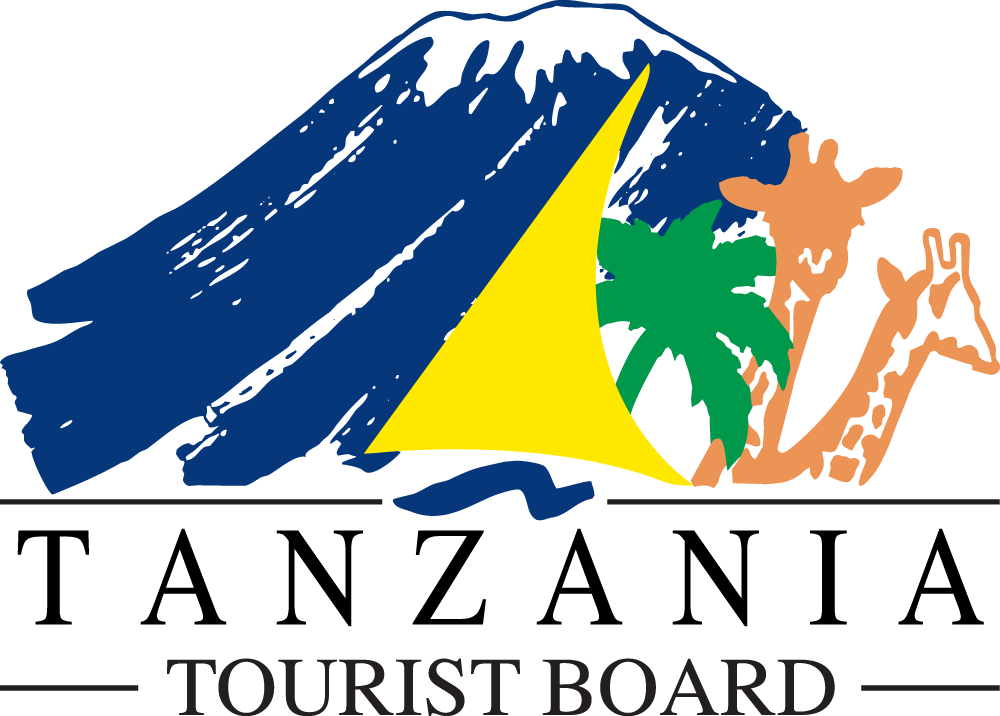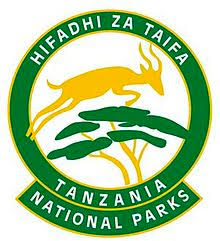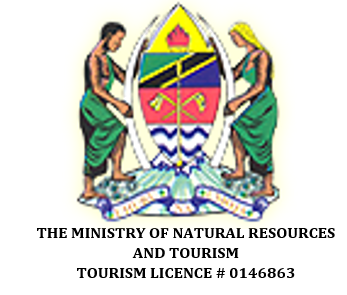ARUSHA NATIONAL PARK
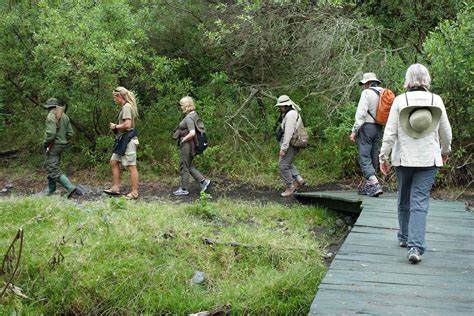
Arusha national park is the closest park to Arusha city in the Northern circuit. It is surrounded with the lush montane forest surrounding Ngurdoto Crater. This park is home to blue monkeys and the black and white colobus monkey, while the crater itself encloses a fertile, swampy floor scattered with herds of buffalo and warthog and number of birdlife in the park, with more than 400 species of birds. Canoeing around the Momela Lakes is the perfect way to view the abundant birdlife including, at times, thousands of greater and lesser flamingos. Zebra and Giraffe graze lazily on the grassy hills while the elusive duiker dive into the undergrowth in the woodland. Leopards can be seen occasionally around the forests in the early morning and late afternoons.
When in Arusha Park you are able to get a best view of Mt Kilimanjaro Mountain. The park is most rewarding and one can have a day trip from Arusha or Kilimanjaro with a full day game drive and canoe in Momela Lake. Here working tour is a best place with your guide and professional ranger who are always read to accompany guest in request.
SERENGETI NATIONAL PARK
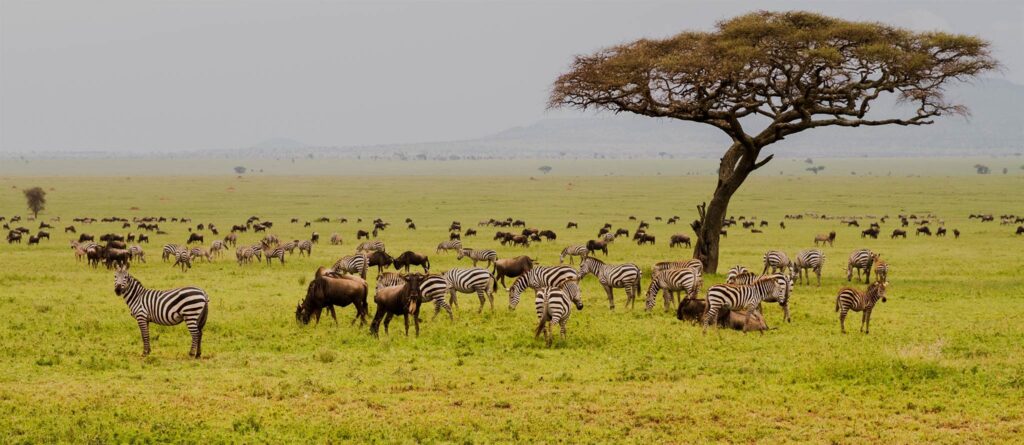
Serengeti national park is the biggest park located in Northrn circuit. The park is between 14763 km squire with 3,700,000 acres of vigin savanna.
The Great Serengeti national park is the world heritage site teeming with large number of wildlife than any other park in the world. Within the park there are more than 2 million ungulates, over 4000 Lions, over 1000 Leopards, 550 Cheaters, and more than 500 species of bird in habitat. Other animals found are Big herds of Buffalo, Groups of Elephant, Giraffe, Hippo, large number of over 250,000 Zebra, over 300,000 Thompsons gazelle white rhino, Black Rhino, Spotted Hyena, black –baked jackal Many antelopes such as Eland, Topi, Kongoni, and Impala are resident all time of the year. All three big Cats can easily be seen.
The Serengeti is well known for the largest annual wildlife migration in the world. Of more than wildebeest 2,000,000 and 250,000 zebra along with smaller herds of Thomas’ Gazelle and eland. The national park is also home to the largest wildlife population in Africa.
TARANGIRE NATIONAL PARK
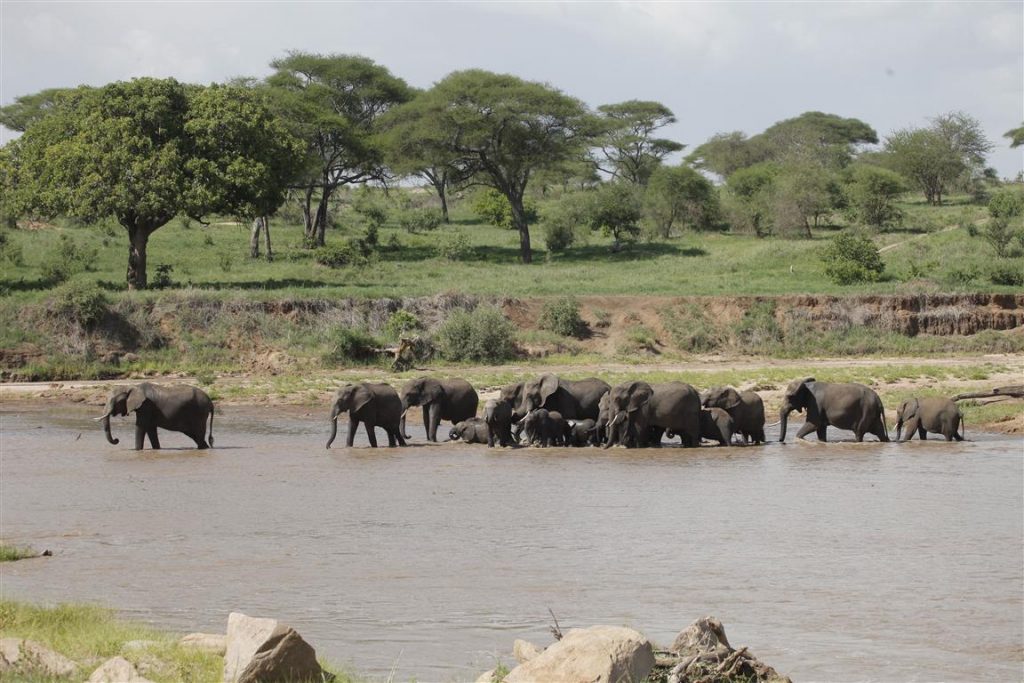
Tarangire National Park lies 120 km south of Arusha and is very popular for day trips from the town. Tarangire offers a wide diversity of wildlife in its area of 2,850 sq. km. As in all ecosystems, the plants and the types of animals you find are closely associated. The major features of the park are the flood plains and the grassland, mainly comprising of various types of acacia trees, and a few scattered baobabs, tamarind and the sausage trees which are watered by the permanent river this river also provide water for wildlife throughout the year.
The most common animals found in the park include zebras, wildebeest, lions, leopards, waterbucks, giraffe, and large groups of elephants, gazelles, impala, gerenuk, lesser kudu and the beautiful fringe-eared oryx. You may be lucky to spot the tree-climbing python, for which the park is famous, or the greater kudu and the roan antelope which are rare species in Northern Tanzania. Over 550 bird species have been noted in the Park. Tarangire is a best park to sport wildlife throughout the year
NGORONGORO NATIONAL PARK
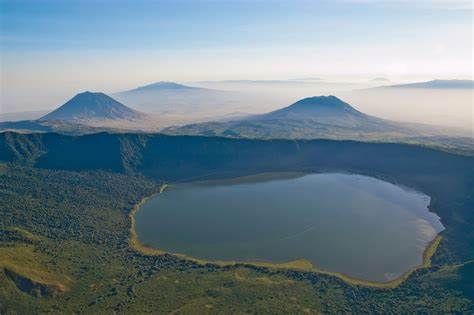
Ngorongoro is A UNESCO protected World Heritage Site and an International Biosphere Reserve, the Ngorongoro Conservation Area is situated within 190 km. west of Arusha, between Lake Manyara and Serengeti National Parks. It cover almost 8,292 square km, the Ngorongoro Conservation Area consists of the Ngorongoro Crater, Olduvai Gorge, Ndutu, Empakai crater. Wild animals are protected as in the National Parks. The craters of Ngorongoro and Empakai are reserved for wildlife, while the rest of the Conservation Area is shared by wildlife, people and livestock. The Maasai, the main residents of Ngorongoro, are pastoralists who move broadly with their herds of cattle, sheep, goat and donkeys searching for pasture and water.
The Ngorongoro Crater, which is the central attraction in the area, is the largest Caldera in the world that has its walls intact. The Ngorongoro Crater floor, a steep drop of 610 metres below the crater rim, has an area of 304 sq. km, with a diameter of 19 km. The sight of the Ngorongoro Crater is superb. “It is one of the Wonders of the World…†once wrote Professor Bernhard Grzimek. The crater floor is home to number of wildlife such as wildebeest, zebra, gazelles, elands, Rhino, Cheetah, Leopard and a large predator population of lions, hyena and jackal which all can be sported by near.
LAKE MANYARA NATIONALL PARK
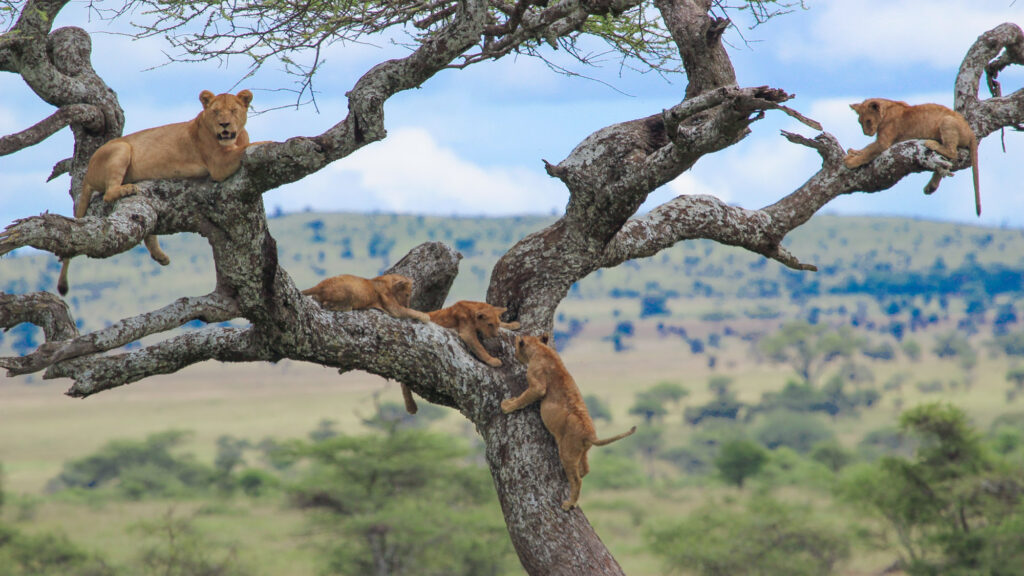
Lake Manyara is located  around 125 km away in west of Arusha town, Lake Manyara National Park is one of the oldest and most popular nature preserve in East Africa. The park has a big number of wildlife habitats. The main habitats include the shallow soda lake itself which occupies 77% of the National Park total area of 330 sq. km, the ground water forest, open grassland, acacia woodland and the rift wall.
The most popular habitant is tree-climbing lions and Other animals found in the park include buffalo, elephants, leopards, baboons, impala, giraffes, zebra, wildebeest, ostrich and hippos. Popularly referred to as a paradise, Lake Manyara National Park contains over 400 bird species found in most savanna and river habitats in East Africa. Common water birds to be seen here are pelicans, spoonbills, Egyptian geese, hammerkops and the migratory flamingos, which arrive in thousands creating one of Africa great natural sights over the soda lake.
KILIMANJARO
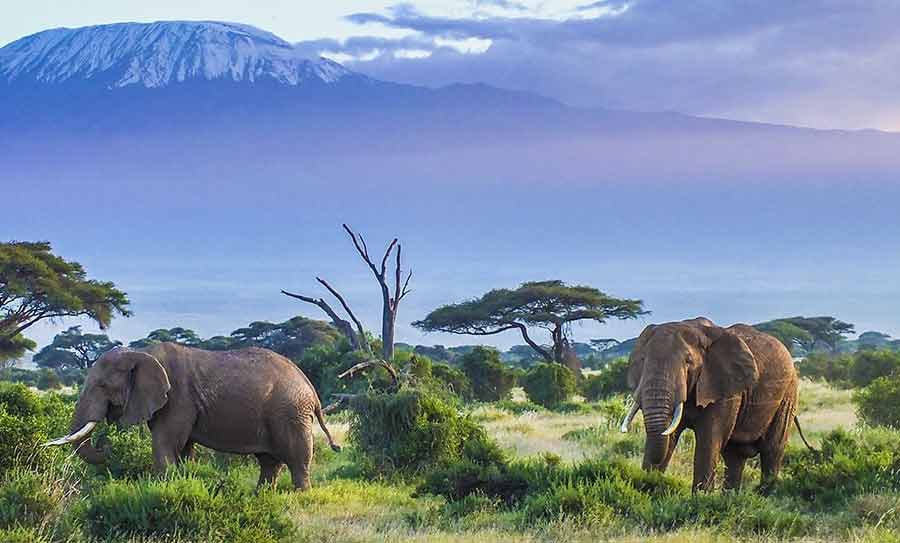
Kilimanjaro is the most highest mountain in Africa and the second in the world it is  5,895 metres, however Kilimanjaro mountain the highest free-standing mountain in the world. Its allure is undeniable, attracting trekkers. A trek to the snowcapped Kibo peak is an unforgettable experience and vital part of any Tanzania adventure. Wachagga are the habitat of this area and they cultivate in the fertile volcanic soil. When trekking this beautiful mountain you are eager to see blue monkey or the acrobatic black-and-white colobus monkey high in the lichen covered branches of the rainforest canopy. The rainforest gradually gives way to the heath and moorland, which is covered in giant heather and dotted with giant groundsels. This in turn becomes the surreal alpine dessert where extremes of temperature means only the hardiest can survive. Finally there is snow, glaciers and pure exhilaration of the summit zone.
Treks in Kilimanjaro National Park do not necessarily always lead to Uhuru Peak. There are a number of day and overnight hikes available for those who want to experience some of what this park has to offer, but not the demands of an assault on the summit. The clearest and warmest conditions for climbing are from December to February, while the driest are from July-September.

